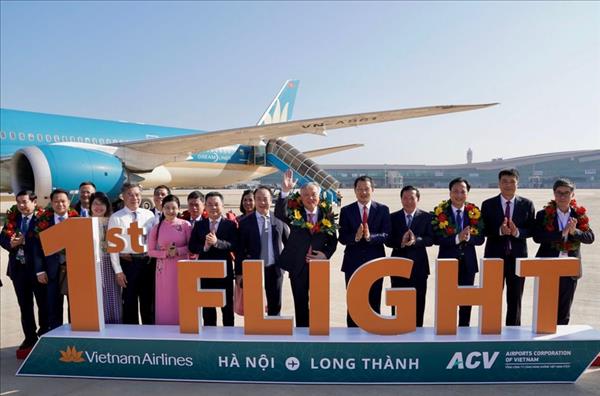Statistics from the Ministry of Information and Communications show that Vietnam now has 123.91 million mobile subscribers, up 4.3 million compared to that in early this year.
This is said to be a good chance for banks to develop mobile banking services, thus expanding their customers’ group, especially poor households and women.
Speaking at a recent workshop on mobile banking for the poor and women held in Hanoi, Luu Thi Thao, deputy director of the Vietnam Bank for Social Policies (VBSP)’s Centre for Information and Technology, said the bank has piloted SMS services for its borrowers in all branches nationwide.
The service has helped save time and costs for both customers and banks.
According to the VBSP, the bank provides the SMS service to its customers in all the 63 cities and provinces nationwide since 2016, helping them save more than 42.8 billion VND (over 1.84 million USD). The service costs the bank 250 VND per SMS, thus reducing their operation costs by 12 times.
The service helps households regularly get updates on the loans, such as payment deadlines and term deposits through texts on their mobiles.
The VBSP has identified SMS services as one of the effective tools to help poor households get acquainted with digital technologies, help the bank diversify its products and services, and improve its operation efficiency, Thao noted.
The bank plans to apply the mobile banking service to 850 loan and savings groups with 30,000 borrowers, she added.
With the advantages brought about by mobile phones, many banks in Vietnam have been promoting the development of mobile banking services, making the access to banking services easier for people living in remote areas.
Dinh Xuan Ha, Head of the Division of Research and Development of Financial Institutions of the Banking Strategy Institute under the State Bank of Vietnam (SBV), said the digital technology would help banking services become acceptable for low-income customers, thus increasing the number of users.
The technological application will also create a momentum to promoting comprehensive finance, he added.
Ha Hai An, Deputy Director of the International Cooperation Department under the SBV, said the application of digital technology in providing banking products and services has helped reduce costs and increase utility and convenience for customers.
Banks in general and the VBSP in particular have well deployed policy credit programmes to help poor households and policy beneficiaries access preferential capital sources, contributing to promoting sustainable poverty reduction, ensuring social security, and creating strong changes in advantaged and ethnic minority areas.
The SBV is building a national comprehensive financial strategy which values digital technologies of banks and credit institutions. The ultimate target is to popularise access and use of financial products and services, especially to poor people.
VNA/VNP

















